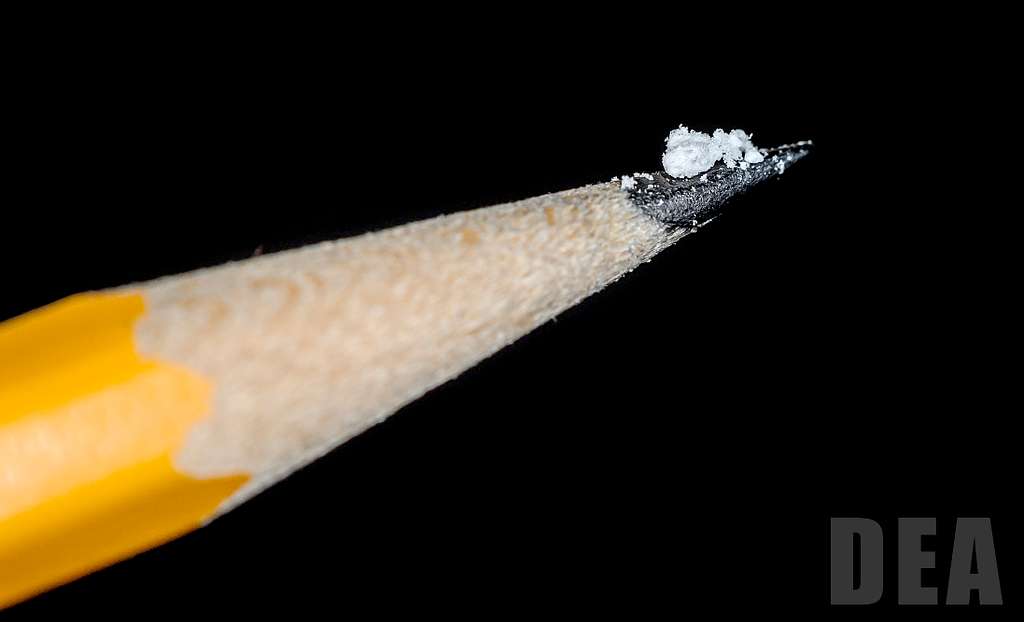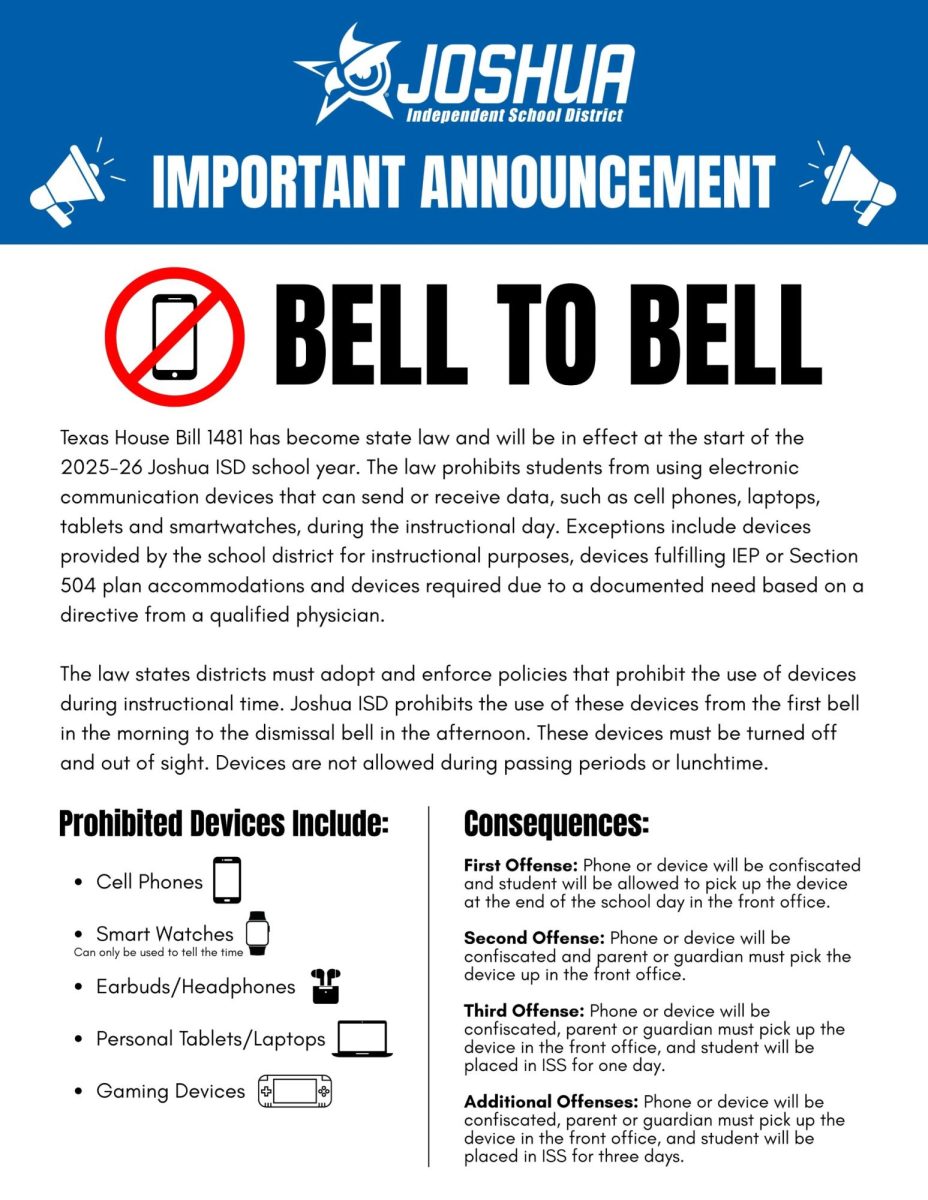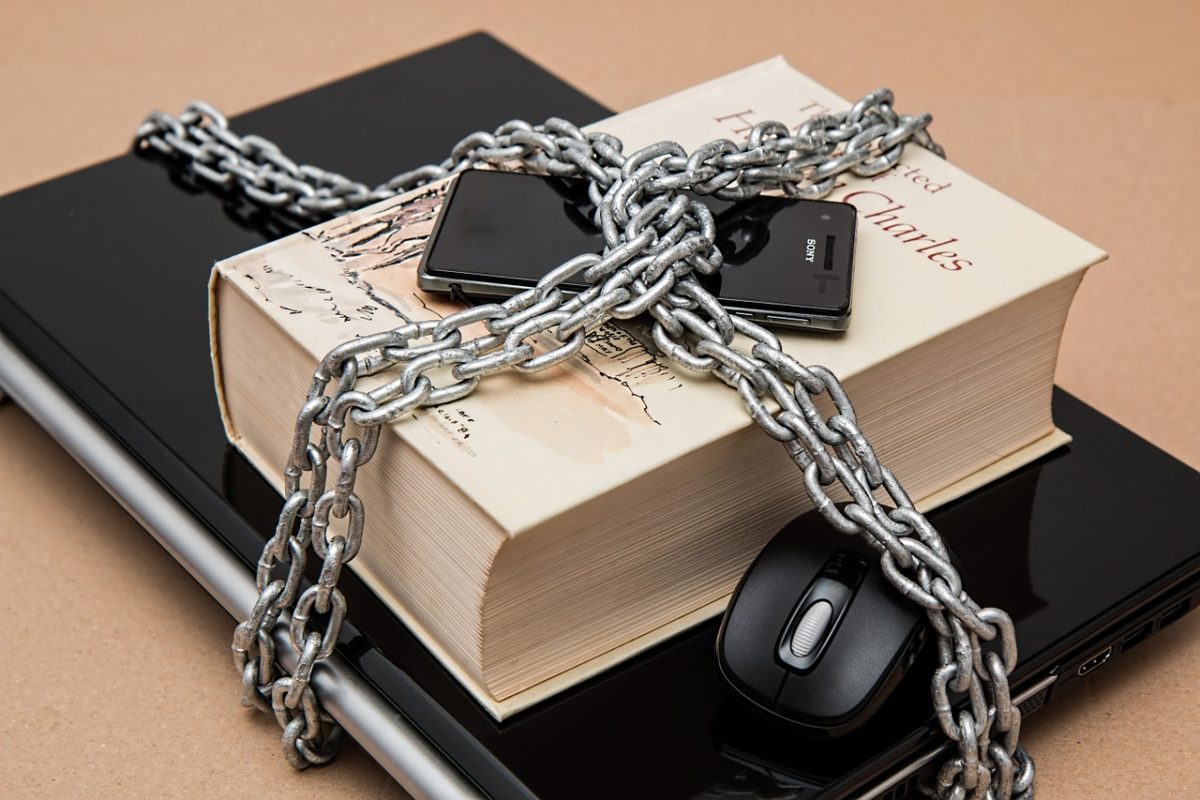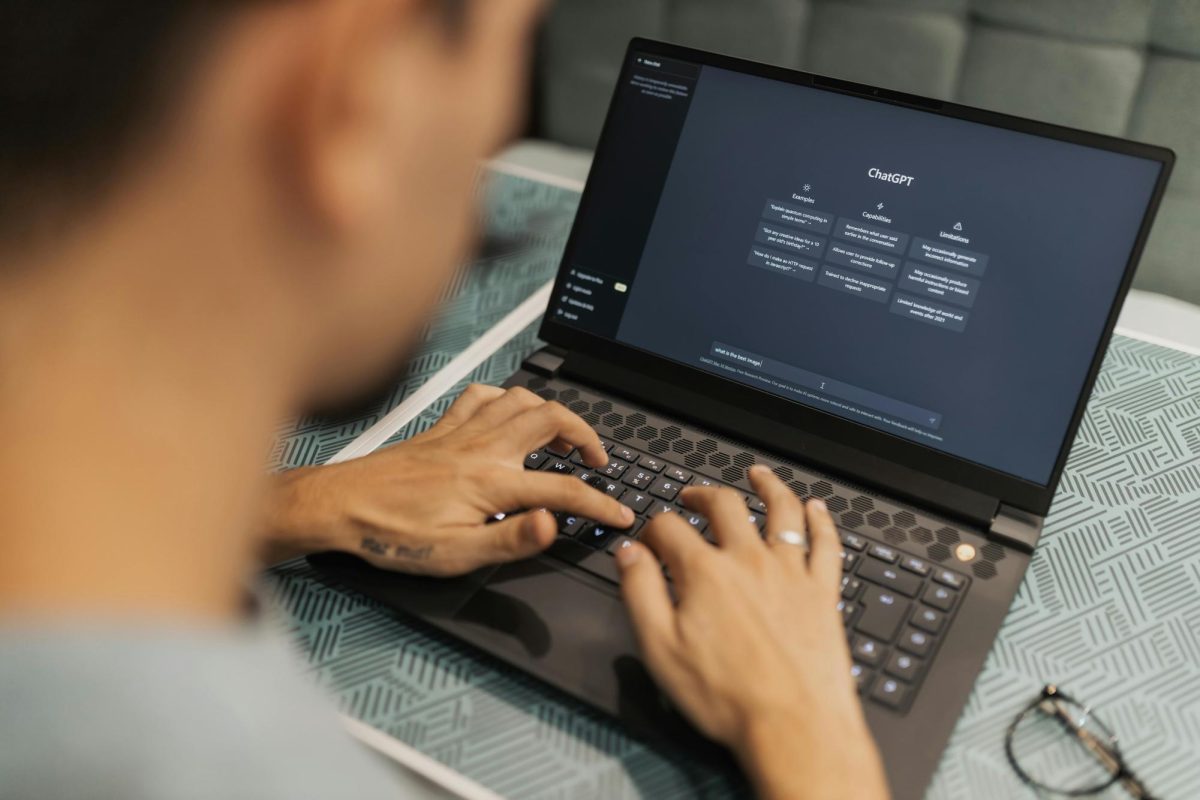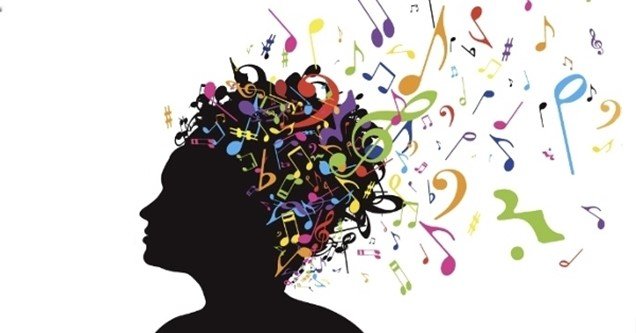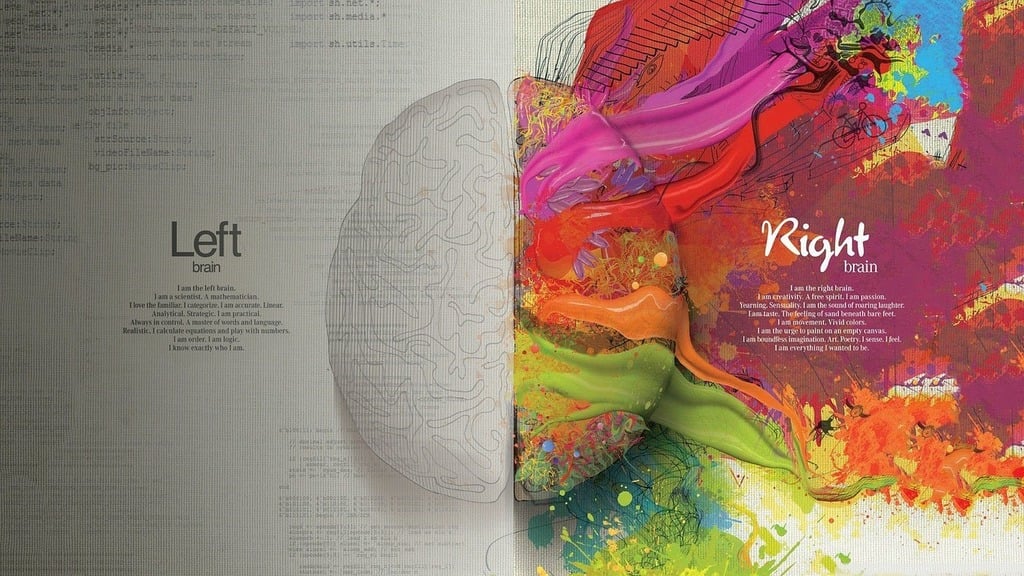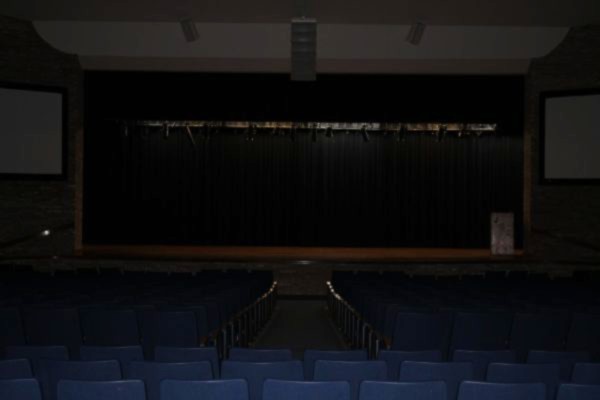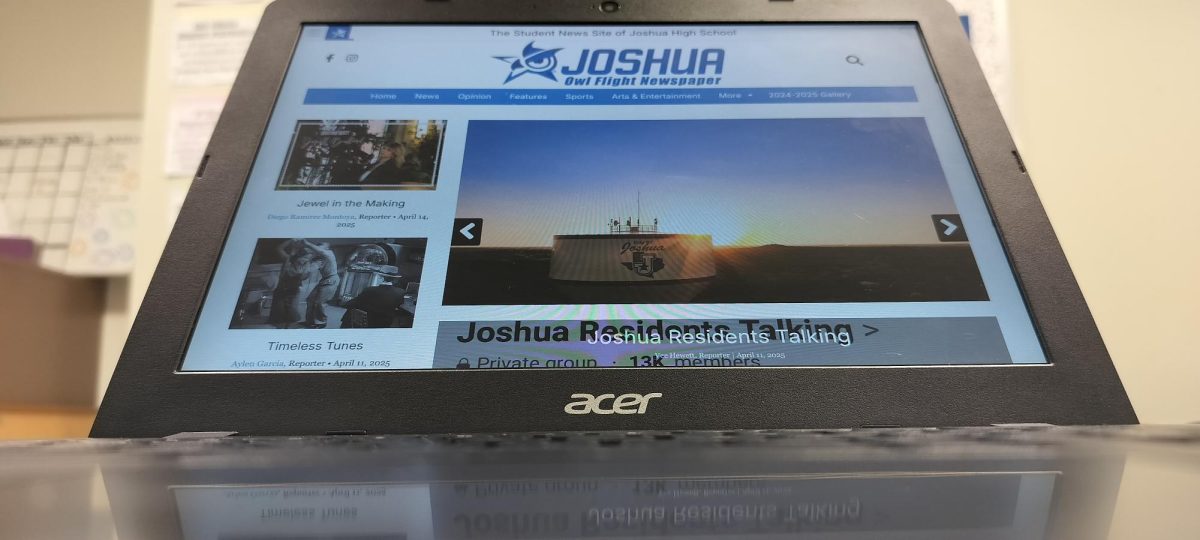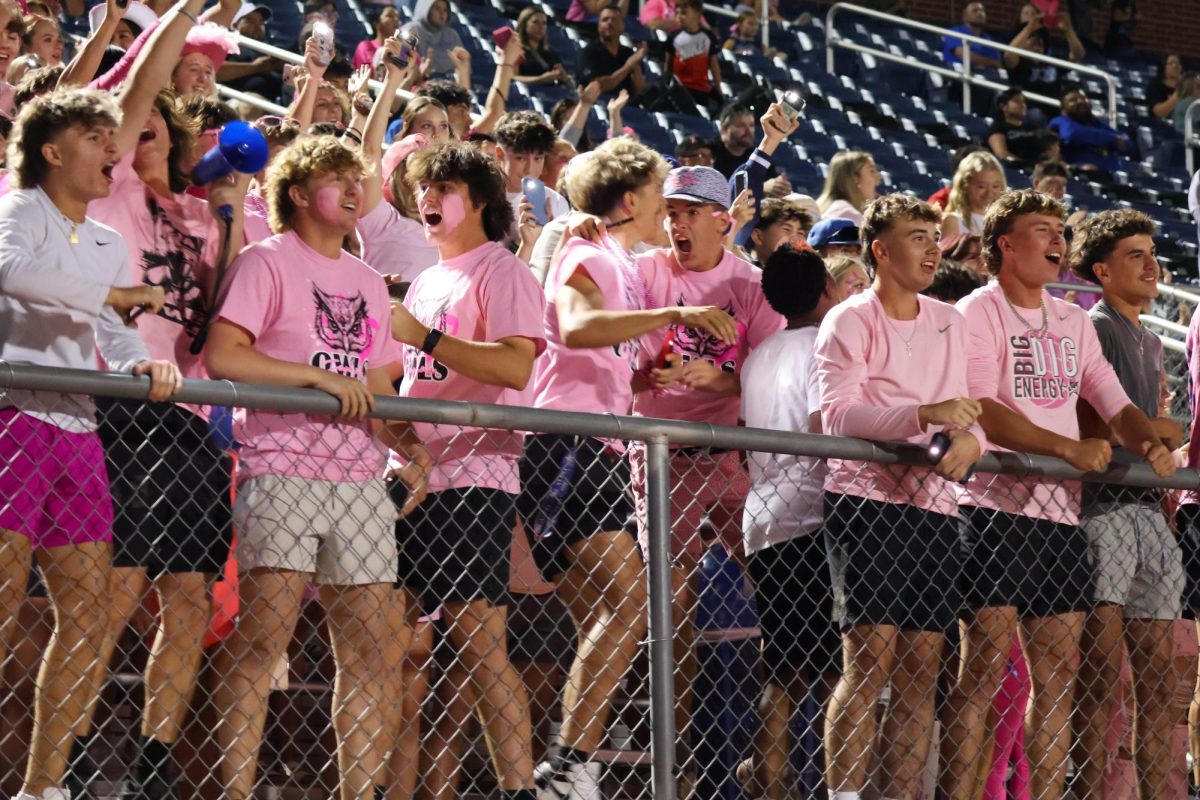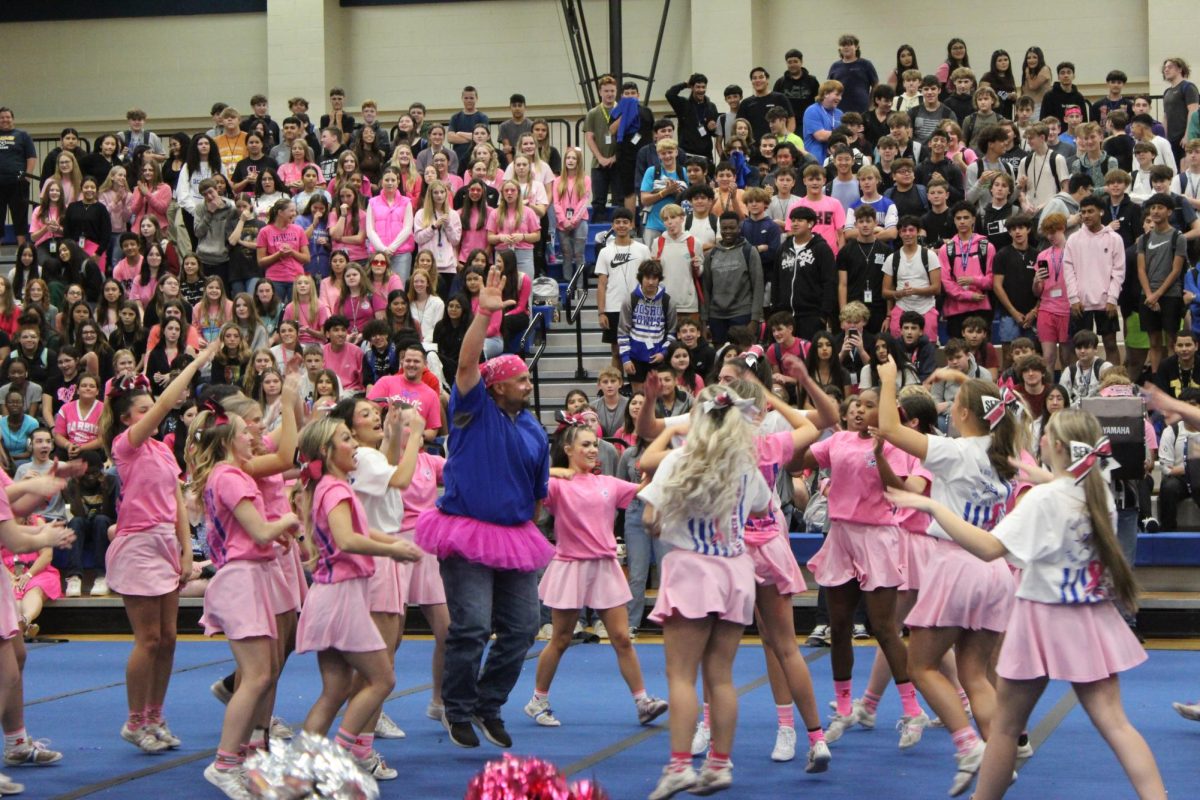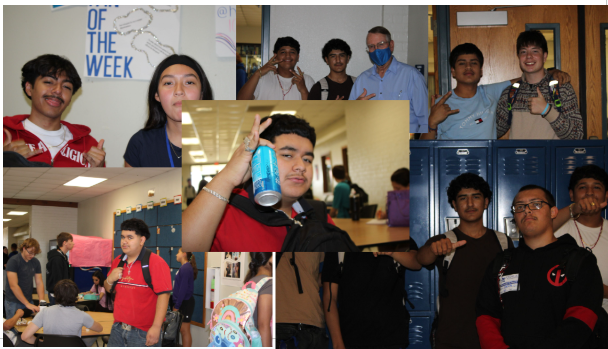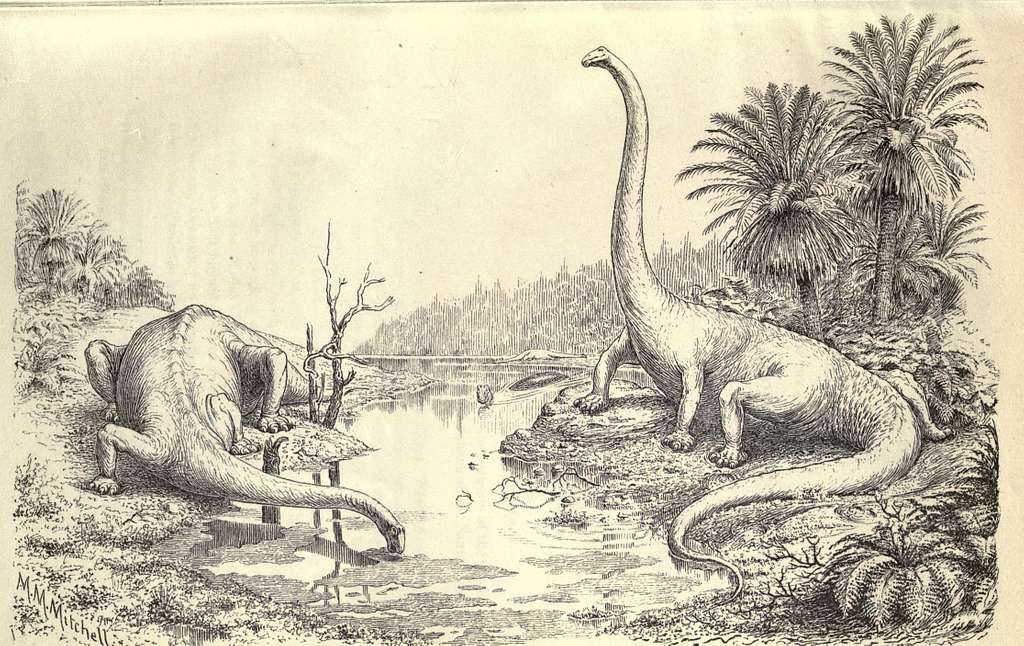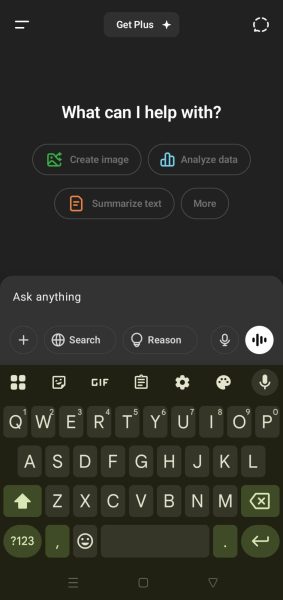
AI
This topic has been discussed frequently in recent media and has become a common problem in schooling. Students have become more aware of its existence and some have begun to use it on a frequent basis so as to not put in as much effort on their school work. The two biggest problems with this discovery come down to this: students will not increase their critical thinking and independent thinking skills as much, and students will continue to become more and more academically dishonest leading to an eventual downfall of grades and learning.
This problem can be solved in a multitude of ways, but the most useful way has come to be AI Detectors. There are multiple examples of websites with this feature, such as Grammarly and GPTZero, and these sites can be extremely helpful if used properly by educational staff and parents. They can allow for one to determine if their student, or one of their students, is using AI to complete their work. However, these detectors have one major flaw: they are not always 100% accurate.
According to the University of Kansas, an AI Detector’s major flaw can be partially dealt with and this can be accomplished by examining the work oneself. One can compare the work to work that was previously written by the student to compare the style to see if it has changed drastically or not. To further help, the students’ work could also be put into multiple other AI Detectors to see if there is a similarity in the scores given. If there is an extreme difference in scores then going back and examining the work once again can help to determine if the work was done by AI.
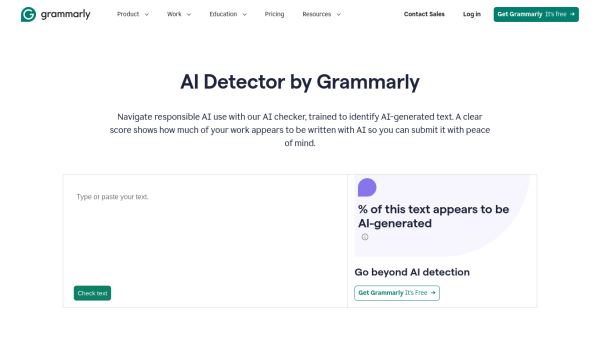
After taking these actions, the teacher could talk with the student and explain what came up when attempting to determine if the work was AI or not. Explaining to the student what occurred may allow for them to acknowledge what they have done and grant an explanation on what occurs with the use of AI and what the major downfalls of it are. There is also a chance that this conversation will allow the student to defend themselves and explain truthfully that they are not using AI. However, this conversation will require the teacher to pay heavy attention to detail as some students, in a worst case scenario, may lie to get out of the situation and prevent a horrible grade.
With that information in mind, AI Detectors can be greatly helpful for students as well. The students who are caught misusing AI can learn a valuable lesson on what the problem with using AI Detectors is and students who don’t use AI can use it to prevent the accusation of using AI. However, this problem should not have to occur in the first place. The fall for this in no way falls to the teacher and the academically honest students, but the ones who choose to use AI to an academically dishonest advantage above others. Remember, AI usage can benefit people when used responsibly and with good intentions, but when the usage of AI is taken too far with horrible intentions and complete academic dishonesty, then its usage should be extremely limited.
Sources: AI in School: Pros and Cons, Why You Should Use Caution with AI Detectors, AI Detection, Evaluating the efficacy of AI content detection tools in differentiating between human and AI-generated text,

